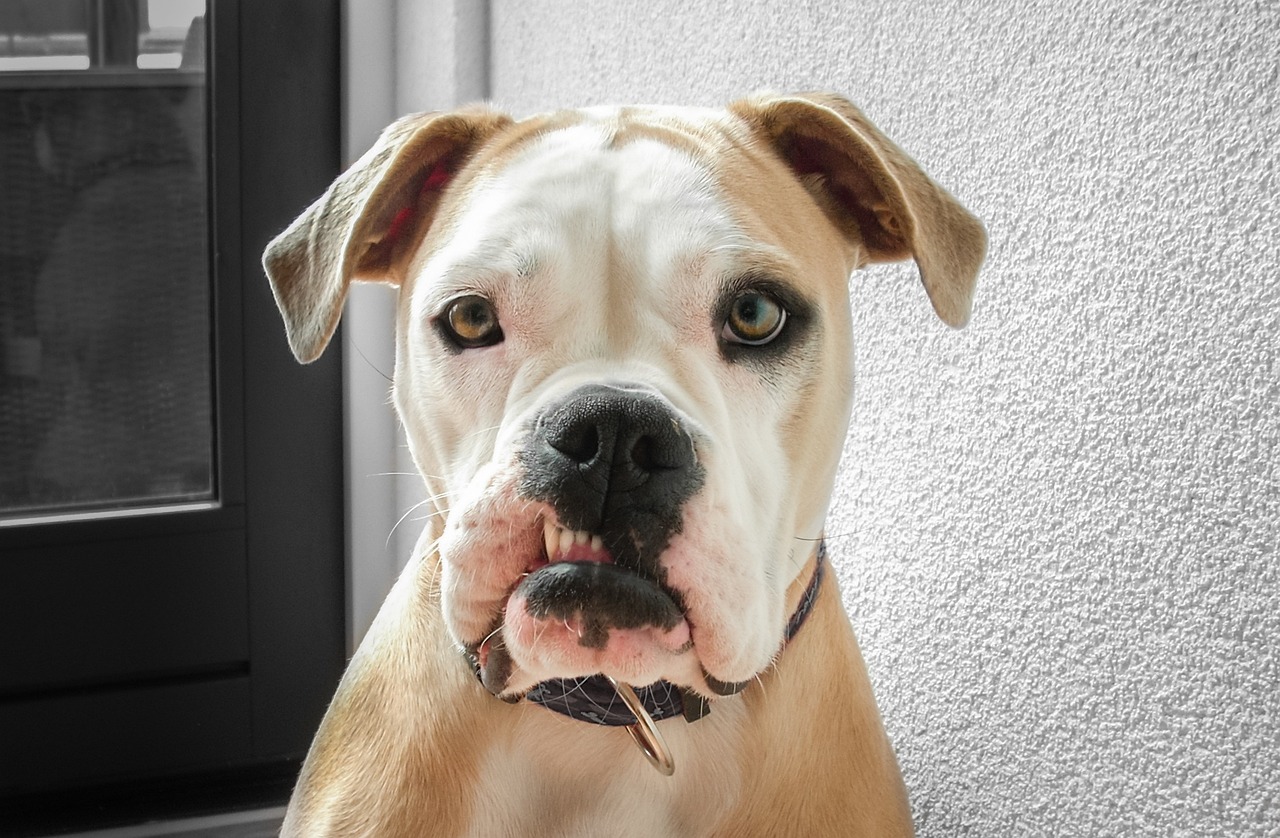Pet ownership comes with a myriad of responsibilities, including safeguarding the health and well-being of your furry companions. Just as humans face various health challenges, so do our beloved pets. One such concern is glaucoma, a potentially serious eye condition that affects both dogs and cats. If you’re a pet owner considering pet insurance, it’s important to understand whether glaucoma falls under the coverage umbrella. In this article, we’ll delve into the details of pet insurance coverage for glaucoma, helping you make informed decisions about your pet’s health.
Understanding Glaucoma in Pets
Glaucoma is a group of eye disorders characterized by increased intraocular pressure (pressure within the eye) that can lead to damage of the optic nerve, impaired vision, and potentially blindness. This condition can affect both humans and animals, including dogs and cats. While glaucoma in pets shares similarities with the condition in humans, there are certain distinctions that pet owners should be aware of.
Related: What’s the best pet insurance carrier?
In pets, glaucoma is classified into two main categories: primary and secondary. Primary glaucoma is often hereditary and tends to affect specific breeds, such as the Cocker Spaniel, Basset Hound, and Siberian Husky. Secondary glaucoma, on the other hand, arises as a result of other eye conditions like cataracts, uveitis, or lens luxation.
Does Pet Insurance Cover Glaucoma?
The answer to whether pet insurance covers glaucoma is not a straightforward yes or no. Pet insurance policies can vary widely in terms of coverage, exclusions, and limitations. Therefore, it’s crucial to carefully review the terms of any potential policy before making a decision.
Most comprehensive pet insurance plans cover unexpected accidents and illnesses, which would generally include glaucoma. If your pet develops glaucoma as a primary medical issue, many insurance providers will cover diagnostics, treatments, and medications, subject to the policy’s terms and conditions. However, there are several factors to consider:
- Pre-existing Conditions: Like human health insurance, pre-existing conditions are typically excluded from coverage. If your pet is diagnosed with glaucoma before you enroll in a pet insurance plan, the condition will likely be considered pre-existing and not covered.
- Waiting Periods: Many pet insurance policies have waiting periods before coverage for certain conditions begins. During this waiting period, which can range from a few days to several weeks, any condition that arises will be considered pre-existing and won’t be covered.
- Breed-Specific Exclusions: Some insurance policies may exclude coverage for certain breeds that are prone to developing glaucoma. This is particularly common for breeds with a high genetic predisposition to the condition.
- Policy Limits and Caps: Even if your pet insurance policy covers glaucoma treatment, there might be limits on the amount they will pay out for the condition. It’s important to understand these limits to ensure you’re adequately covered.
- Coverage Tiers: Pet insurance plans often come in different tiers, with varying levels of coverage. Higher-tier plans may cover more aspects of glaucoma treatment, such as medications, surgeries, and follow-up appointments, while lower-tier plans might offer more limited coverage.
- Routine and Preventive Care: Some pet insurance plans offer optional riders or add-ons that cover routine and preventive care. While glaucoma itself may not fall under routine care, these additional coverage options can still be beneficial for your pet’s overall well-being.
[HLM_Insurance_Widget placement_name=‘best_insurance_post’ placement_id=‘1’ campaign=‘best_insurance_post’]
Choosing the Right Pet Insurance Plan
Selecting the right pet insurance plan involves careful consideration of your pet’s breed, age, health history, and potential genetic predispositions. If glaucoma is a concern, it’s recommended to:
- Research Extensively: Compare different pet insurance providers and their policies. Look for reviews, ratings, and customer feedback to gauge their reputation and customer satisfaction.
- Read the Fine Print: Thoroughly read and understand the terms, conditions, and exclusions of the pet insurance policies you’re considering. Pay special attention to how glaucoma is addressed.
- Get Quotes: Request quotes from multiple providers to compare costs and coverage. Keep in mind that the cheapest option might not provide the necessary coverage for your pet’s needs.
- Ask Questions: Don’t hesitate to reach out to insurance representatives to clarify any doubts or questions you may have about coverage for glaucoma.
- Consult Your Veterinarian: Your veterinarian can offer valuable insights into your pet’s health and potential risks. They might also have recommendations for reputable pet insurance providers.
Next Step: Compare the best pet insurance carriers here
Final Thoughts
While pet insurance can provide financial relief when unexpected health issues arise, the coverage for specific conditions like glaucoma can vary significantly among policies. It’s essential to research thoroughly, read the fine print, and choose a plan that aligns with your pet’s needs and potential health risks. Remember that the earlier you enroll your pet in insurance, the more likely you are to receive coverage for future health concerns. By making informed decisions and prioritizing your pet’s well-being, you’ll be better equipped to navigate the world of pet insurance and ensure your furry friend receives the best possible care.

 Toledo, United States.
Toledo, United States.